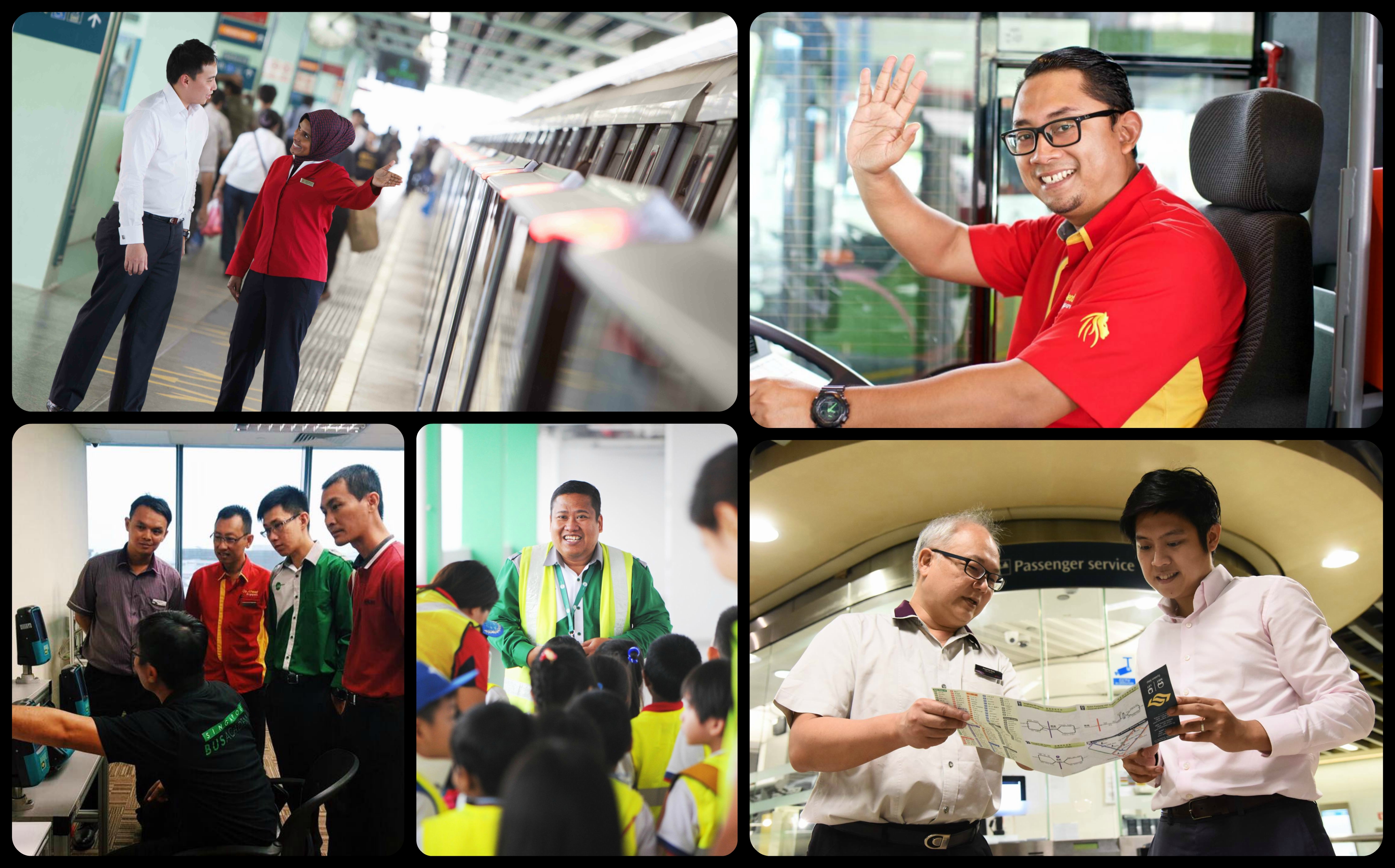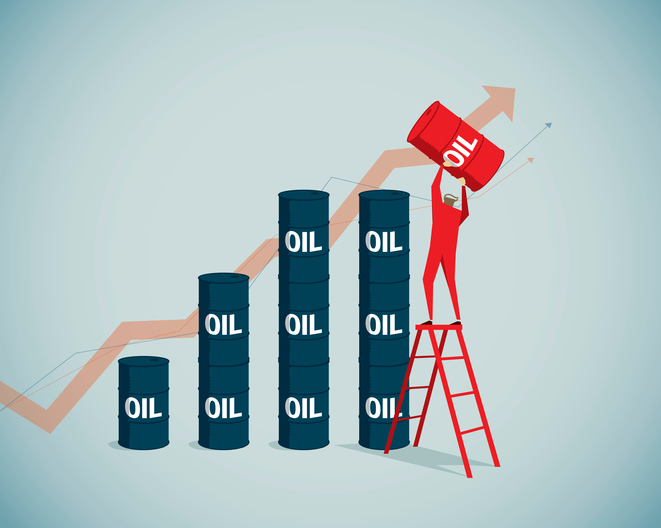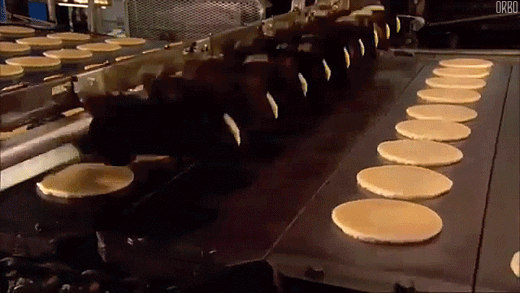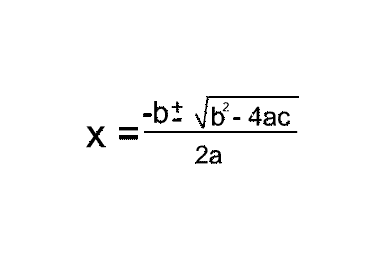Almost six out of 10 Singapore residents take the public transport to work, according to a 2016 General Household Survey
Ask your friends and colleagues and it’s highly likely that many do not know how much they pay for their bus fares or MRT fares daily. Many would assume that they probably spend $3 to $4 on public transport.
Imagine asking them whether they know how the Fare Adjustment Formula works?
Yes, there is THE Fare Adjustment Formula.
But talk about formulae and this is probably the first one to pop up.
Which is something we don’t really apply in real life.
But the Formula is as real life as it gets. Ok, what exactly is this formula about?
Very few Singaporeans — if we exclude the folks working in the Ministry of Transport, Land Transport Authority, and Public Transport Council — will know that the formula is:
Fare Formula = Price Index [0.4cCPI + 0.4WI + 0.2EI] – 0.5%
Yep. Basically, the formula takes into account three main components: 1) the price of common goods and services (but not accommodation and private transport), 2) the average wages, and 3) energy prices.
With such a complicated formula, it also means that fares are not arbitrarily set. We have two consecutive years of fare drop by the way.
Still with us?
Once upon a time, public transport fares behaved like income tax — if the government said that it had to increase, it would increase. So that’s bad.
That’s why we have the fare formula.
However, the history of the fare formula is the history of how civil servants keep things simple and make things more reflective of costs, complicated but inclusive.
Let us explain. Take the most recent adjustment in 2016.
i) cCPI = 0.5%

Technical blah blah blah: Change in core Consumer Price Index over preceding year
English: Change in prices of a basket of goods and services such as transport, food and healthcare over the preceding year. Positive means things are getting more expensive.
ii) Wage Index (WI) = 4.4%
 Source: Public Transport Operators (SG)
Source: Public Transport Operators (SG)
Technical blah blah blah: Change in Average Monthly Earnings over the preceding year, which is representative of the salary changes of personnel in the public transport industry, adjusted to account for any change in the employer’s CPF contribution rate
English: Average change in salaries in Singapore over the preceding year.
iii) Energy Index (EI) = -35.8%

Technical blah blah blah: Change in Energy Index which is a composite of price changes in electricity and diesel = -35.8%
English: Change in electricity and diesel prices charted in the Energy Index. Negative means… duh.
iv) 0.5% = Productivity extraction set for 2013 to 2017

Technical blah blah blah: Productivity gains made by the public transport operators, which at 0.5% is half of the average productivity achieved between 2007 and 2011.
English: Whatever the operators are gaining, the folks at PTC will use this Productivity Extraction, currently set at 0.5%, to subtract from the Price Index. Think of this as profit sharing.
With all these variables in place, Fare Adjustment Formula (2016) = 0.4(0.5%) + 0.4(4.4%) + 0.2(-35.8%) – 0.5% = -5.7%
Yup, we enjoyed a fare drop that you might not even have realised because: 1) it translates to
reductions of 1 to 27 cents for card fares, and 2) bad news gets more views.
---
Now that you have learnt your ABCs Fare Formula, let’s attempt to find out when’s Cheryl’s birthday.
The end.
Top image from the Public Transport Council. Body images from Getty unless otherwise stated.
This sponsored post by the Public Transport Council helps pay for the daily commute of Mothership.sg’s writers, many of whom use the public transport system.
If you like what you read, follow us on Facebook and Twitter to get the latest updates.
If you like what you read, follow us on Facebook, Instagram, Twitter and Telegram to get the latest updates.


